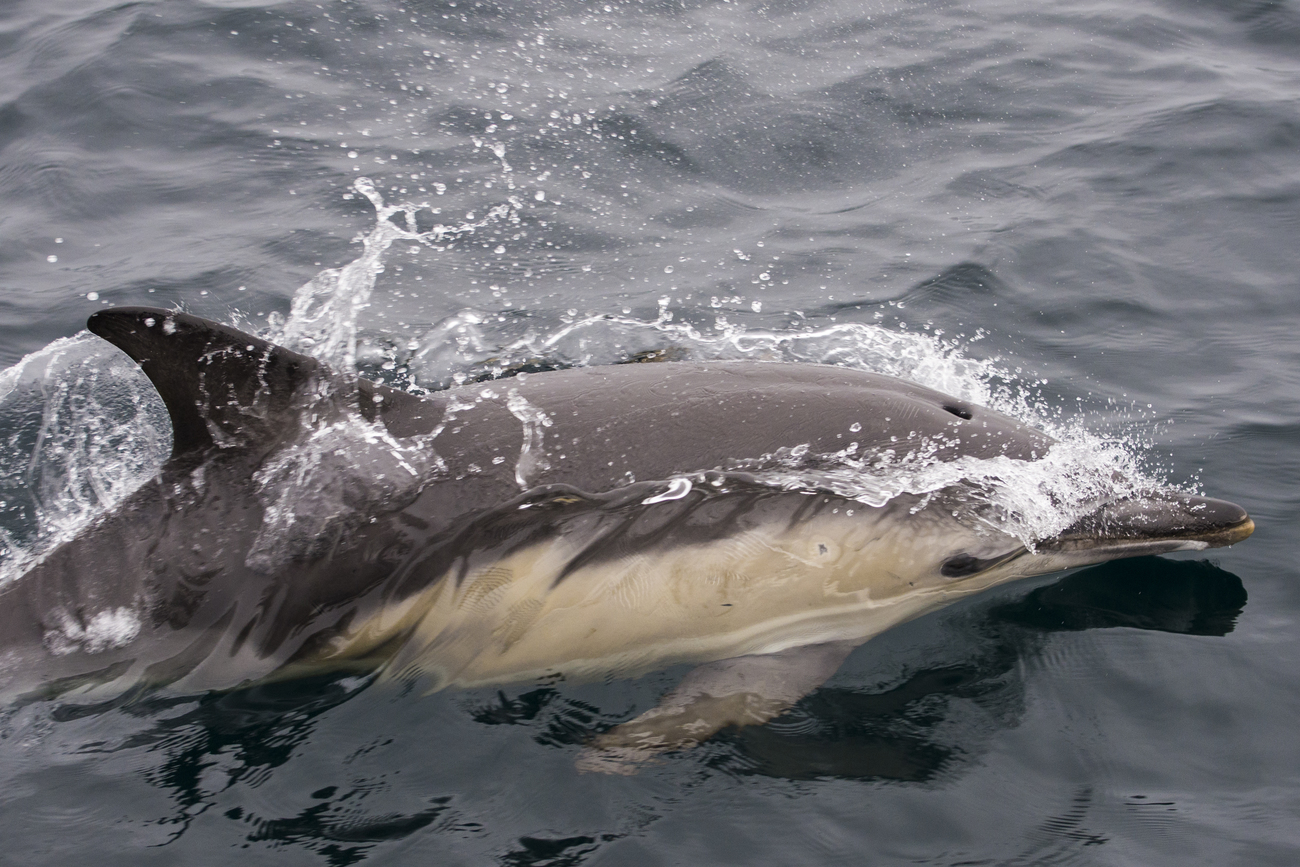Aurore Morin
bycatch Issue: a focus on the Bay of Biscay, a crisis zone for dolphins
bycatch Issue: a focus on the Bay of Biscay, a crisis zone for dolphins

Accidental capture and entanglement in fishing gear is both a local and global issue, estimated to kill at least 300,000 cetaceans every year in European and international waters, making bycatch the greatest global threat to the conservation of cetaceans today [1] and the greatest threat for cetaceans in Europe [2]. Bycatch also affects many other species including seals, turtles and sea birds, as well as non-target fish species.
In France, the Bay of Biscay is a particular ‘hot spot’ for common dolphin bycatch, as a very high number of individuals have been washing up dead on the beaches of the Atlantic coast every winter for the last five years. The situation is so alarming that species survival could be compromised in this area. In fact, the Scientific Committee of the International Whaling Commission expressed its concern in a report published in May 2019, reporting that the situation may threaten the conservation status of this dolphin population.
Peaks in dolphin strandings have been reported since the beginning of the 1990s, but in recent years, numbers have doubled : 800 strandings were recorded in 2017, 700 were recorded in 2018, and more than 1,200 common dolphins were found dead in the Bay of Biscay area from January to March 2019. According to the Pelagis Observatory, a French center for marine mammal research, 85% of the dolphin carcasses found on the beaches bore traces of catches by fishing gear. However, only 10% of bycaught dolphins end up stranded. The remaining 90% simply sink to the bottom of the ocean, which means that actual mortality due to bycatch in winter 2019 may be in excess of 10,000 drowned dolphins.
The main perpetrators of these tragic deaths are vertical opening trawlers, pelagic trawlers, and gill net fishing techniques. Dolphins are attracted to the fish targeted by these fisheries, but find themselves trapped in the nets in which they slowly suffocate. When they are brought back on board with caught fish, these dolphins are then released from the nets and thrown either dead or wounded back to sea.
In response to mounting concerns over this welfare and conservation situation, a group of European NGOs, including IFAW, submitted a request to the European Commission in July 2019. This called for emergency measures be taken to protect the North East Atlantic common dolphin population from bycatch (based on article 12 of the Common Fisheries Policy, and with reference to Article 12 of the Habitats Directive).
IFAW advises the following measures to reduce the risk of bycatch:
- Immediate action to address the bycatch issues of highest concern in the Bay of Biscay, including following recommendations made by the IWC Scientific Committee in 2019
- Improve bycatch data through the use of carefully designed observer schemes using Remote Electronic Monitoring where necessary to achieve appropriate coverage
- Enforcement and compliance with monitoring and mitigation requirements
- Develop concurrent monitoring and mitigation actions such that mitigation in known high risk fisheries is not delayed by waiting for results from monitoring
- Assessment of French fisheries with high levels of bycatch to shift to alternative gear use where possible (e.g. from gillnets to long and hand lines)
IFAW aims to reduce, and ultimately eliminate, the number of animals caught in fishing gear by increasing awareness and promoting measures to decrease bycatch and entanglements of cetaceans and other marine animals. This is why in Europe, we are advocating for stronger legislation surrounding European fisheries to avoid incidental capture of protected marine species.
-Aurore Morin, Marine Campaigner, IFAW France
[1] Reeves RR, McClellan K, Werner TB. (2013). Marine mammal bycatch in gillnet and other entangling net fisheries, 1990, 2011, End. Sp. Res. 20, 71–97.
Related content
Every problem has a solution, every solution needs support.
The problems we face are urgent, complicated and resistant to change. Real solutions demand creativity, hard work and involvement from people like you.